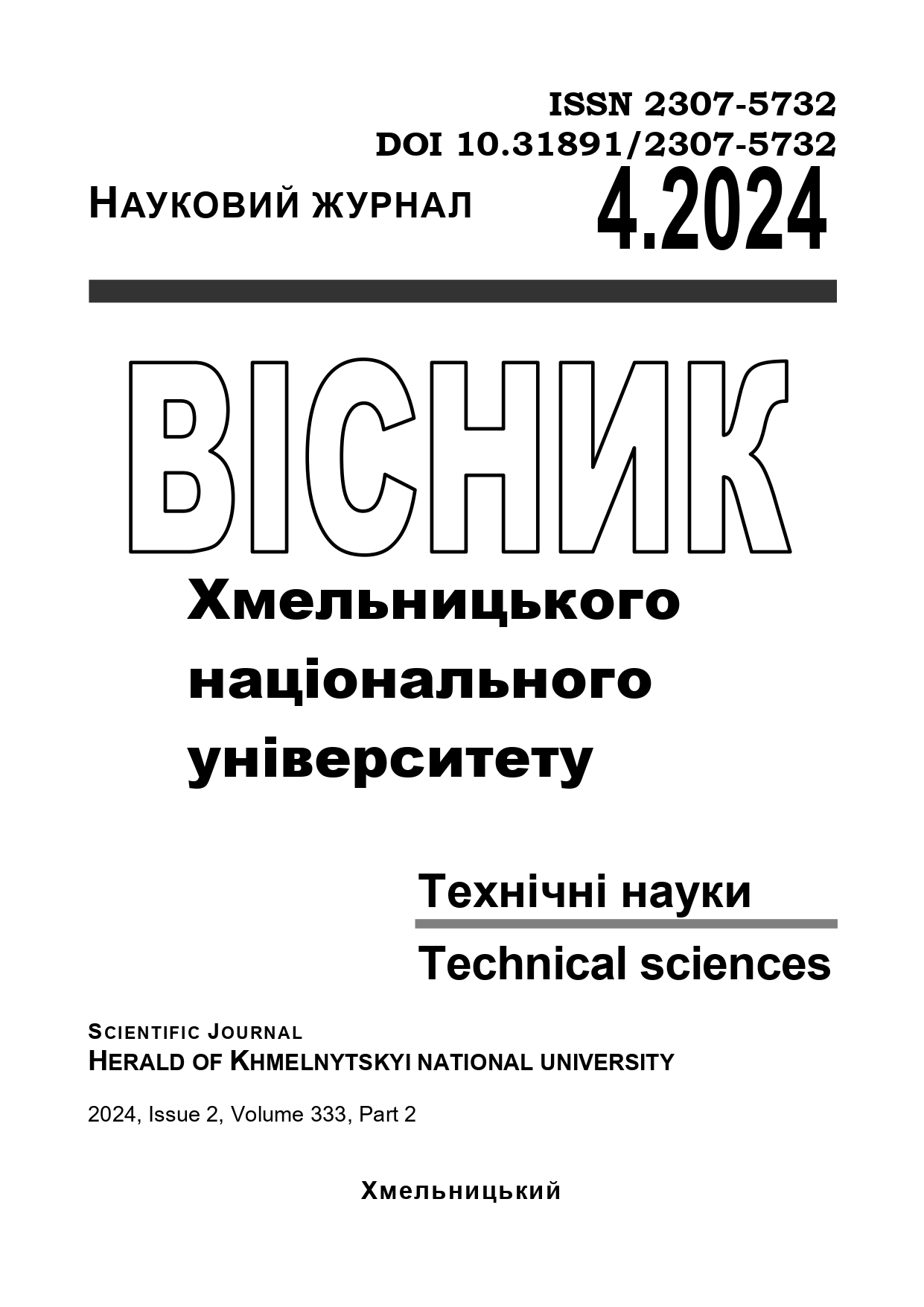THEORETICAL STUDY OF THE WORKING CONDITIONS OF THE DOSING WORKING BODIES OF THE SOWING COMPLEX FOR DIFFERENTIATED APPLICATION OF FERTILIZERS
DOI:
https://doi.org/10.31891/2307-5732-2024-339-4-14Keywords:
precision farming, fertilizer, differentiated fertilizer application, positioning system, geo-information systems, sowing system, task map, sowing complex, spreader, productivity, environmental friendlinessAbstract
The question of increasing the efficiency and environmental friendliness of the use of mineral granular fertilizers in the system of precision agriculture is considered. The need to develop and introduce into production high-precision automated information technologies based on the use of high-performance means of mechanization based on GPS navigation is indicated.
The necessity of using differential application of granular mineral fertilizer and machines that ensure high-quality performance of this technological process, taking into account the heterogeneity of the content of nutrients in the soil in a certain area of the field, is indicated. The reasons that lead to the inconsistency of applying the dose to a specific elementary section of the mineral fertilizer dose field indicated in the electronic task map were identified: the delay in the activation of the dosing working body, the discrepancy between the installation locations of the signal receiver of the global positioning system and the dosing working body, as well as the duration of the transportation of mineral fertilizer granules from the dosing device to the coulter.
In order to assess the impact of the amount of delay in the activation of the dosing working body on the quality of differentiated application of mineral fertilizers and the formulation of requirements for the dosing system and modes of execution of the technological process, an algorithm for calculating the amount of delay in the transition from one dose to another has been developed.
It is noted that the implementation of innovative agricultural technologies requires significant capital investments in the acquisition of new means of mechanization, automation and digitization of technological processes, which, in turn, requires the implementation of scientific research aimed at substantiating the effectiveness of such innovative investment projects, assessing the return and riskiness of investments in their implementation .

